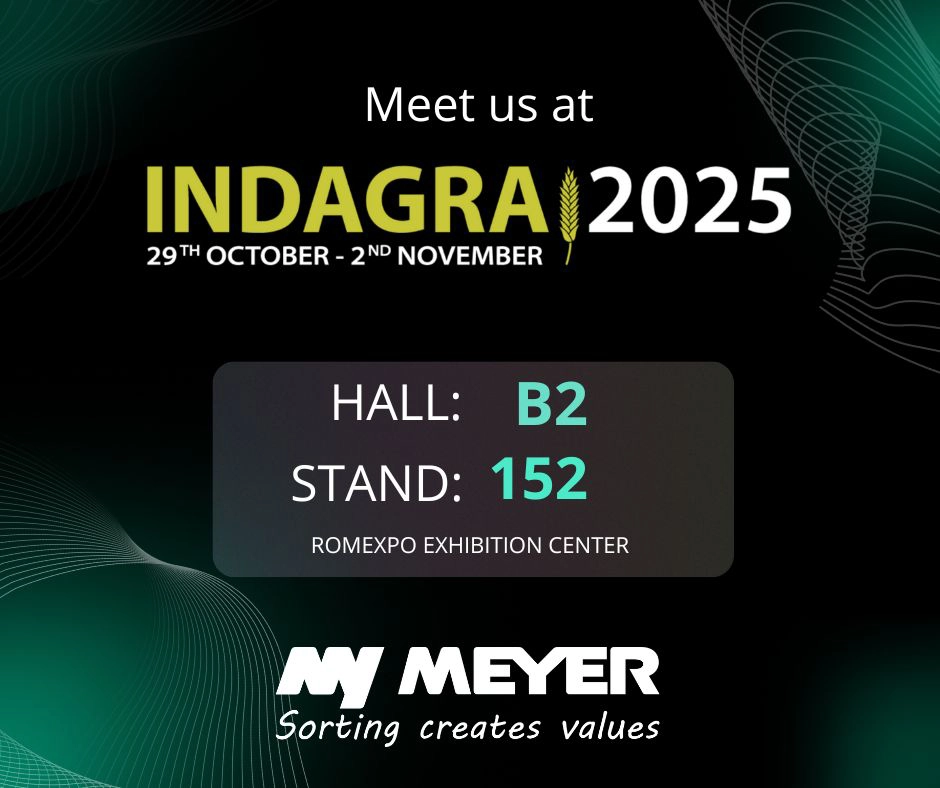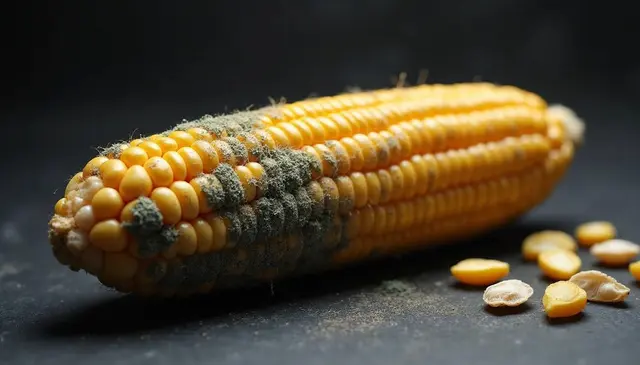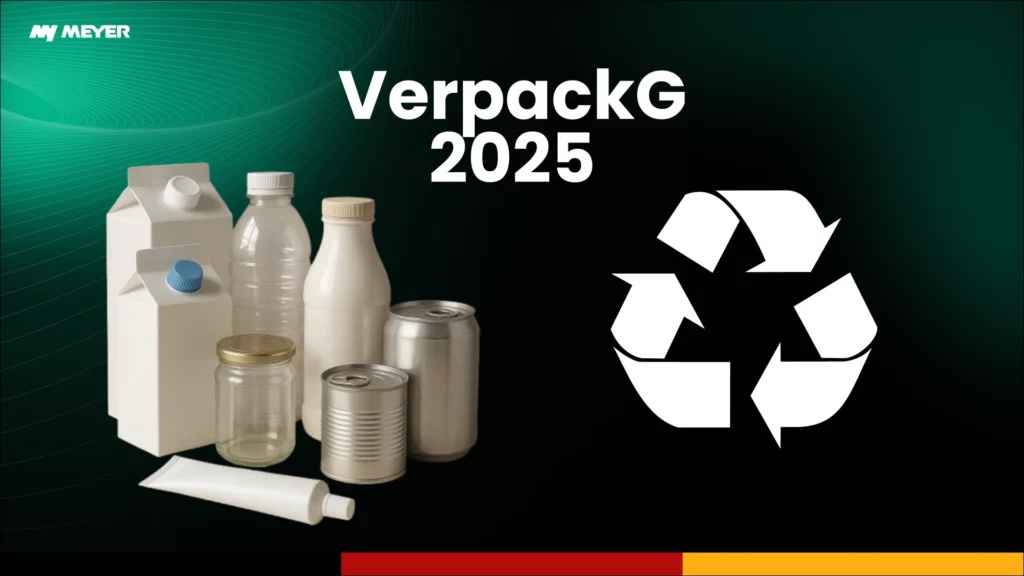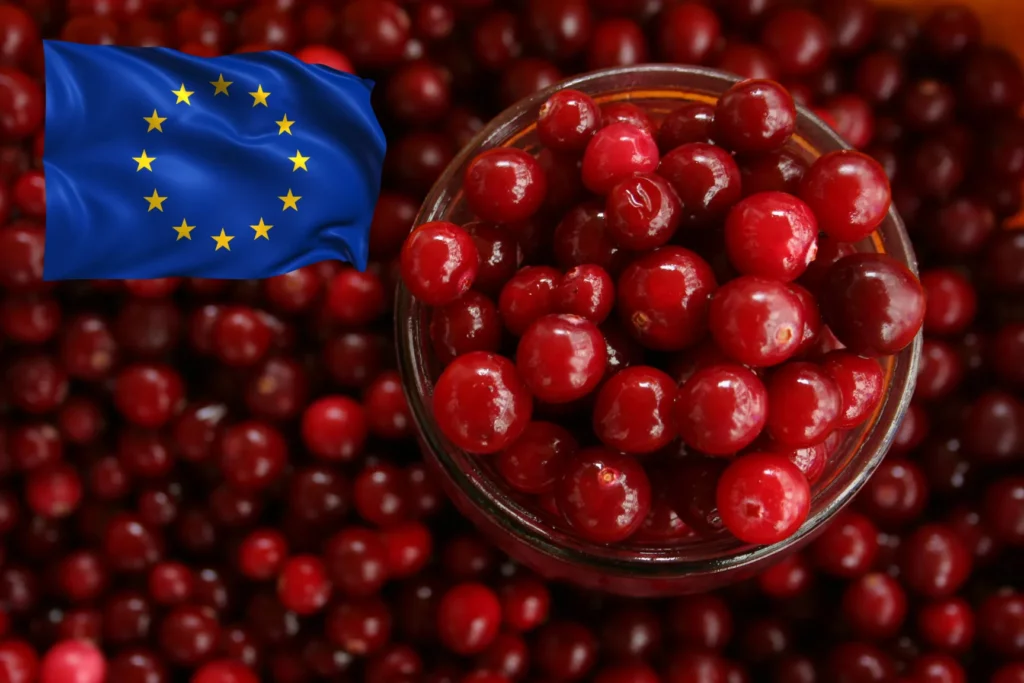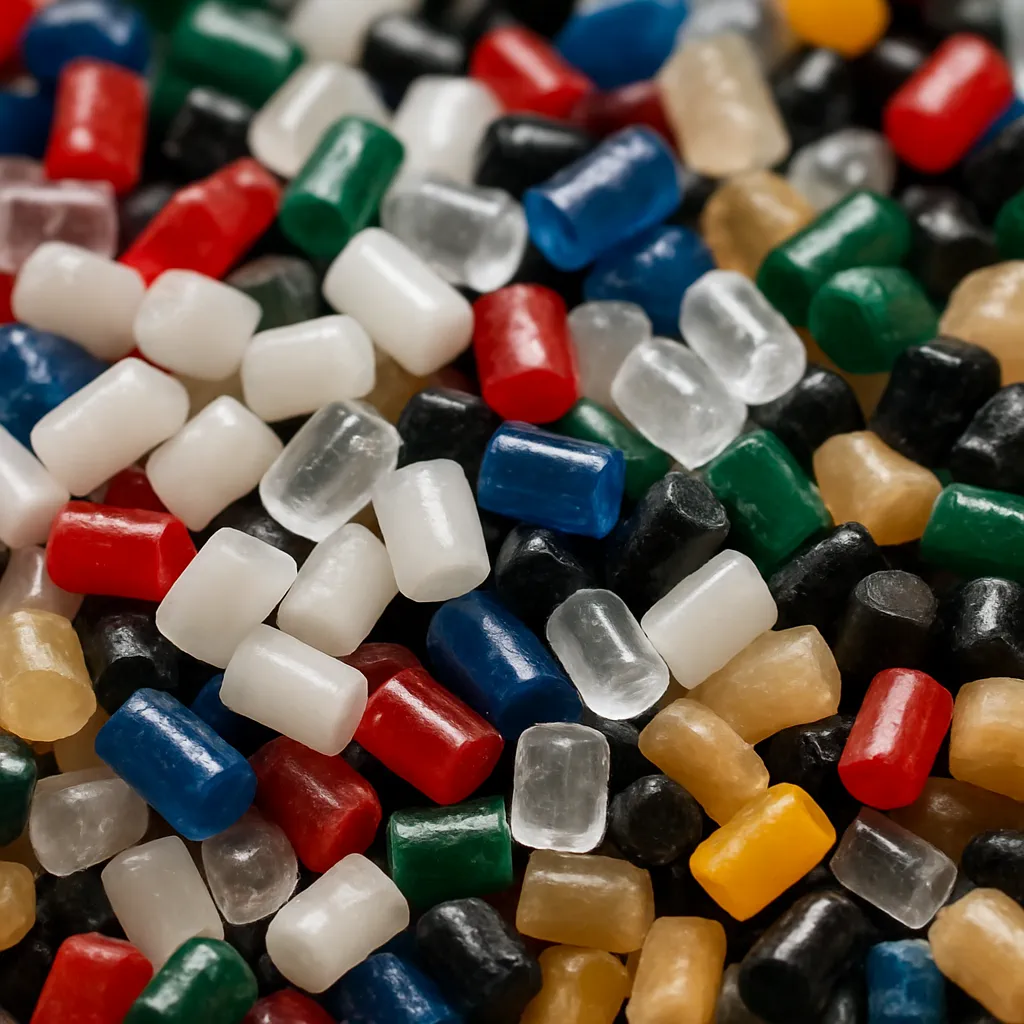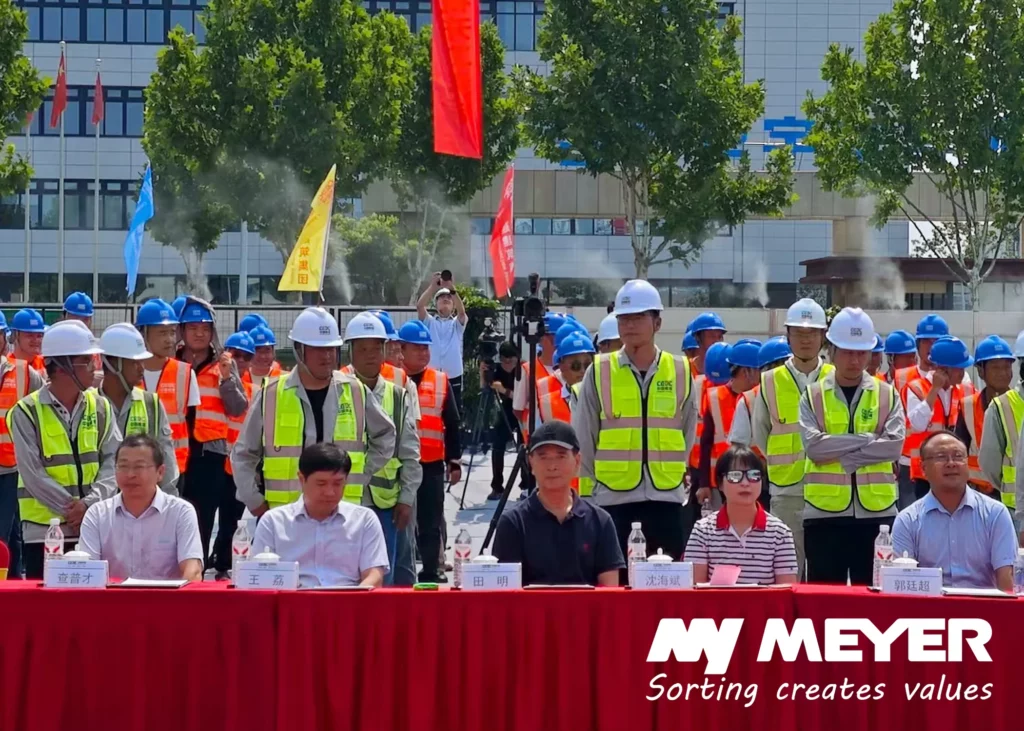Understanding the Basics: Metals in Industrial Scrap
Metals such as gold, silver, palladium, copper, and brass are widely used in electronics, automotive components, and other industrial applications. When products reach the end of their lifecycle, these metals often end up in industrial scrap. Recovering them is not only environmentally responsible but also economically beneficial due to their high market value.
Key challenges in recovering precious metals from scrap include:
- Material complexity: Scrap contains various materials such as plastics, non-ferrous metals, and other contaminants.
- Precision requirements: Efficient recovery demands precise separation to avoid loss of valuable metals.
- Scalability: Manual sorting is inefficient and unable to handle large volumes.
How Optical Sorters Work in Precious Metal Sorting
1. Material Feeding
Single-Layer Distribution
The first step in optical sorting is ensuring that the material is presented in a single, even layer:
- Vibratory feeders or conveyor belts spread out the mixed-metal feedstock (which might include shredded electronics, automotive scrap, or industrial cuttings).
- Uniform distribution prevents overlap and ensures each piece is visible to the cameras or sensors.
Contaminant Removal (Optional Pre-Screen)
In many facilities, magnetic separators or eddy current separators remove ferrous or easily distinguishable non-ferrous metals before optical sorting. This pre-screening stage reduces system load and optimizes the accuracy of downstream sorting.
2. Detection: Sensors and Illumination
Multi-Sensor Configurations
Modern optical sorters can combine several sensor types for enhanced detection. Common sensor technologies include:
- Color/RGB Cameras
- Detect differences in color, brightness, and surface texture.
- Particularly useful for identifying metals like gold or silver by their reflective qualities and distinct hues.
- Laser Sensors
- Measure reflectivity and surface irregularities.
- Effective for detecting bright, reflective metals—even when partially covered by dust or oxidation.
- Near-Infrared (NIR) Sensors
- Differentiate materials based on their density of the material.
- Ideal for screening out plastics, rubbers, or other non-metallic contaminants.
- X-Ray Fluorescence (XRF)*
- Extremely accurate for distinguishing precious metals (gold, platinum, palladium) from base metals (copper, aluminum, etc.).
Note: In many high-end sorting lines, XRF is integrated with optical systems for a hybrid approach, offering maximum precision in precious metal recovery.
3. Imaging and Illumination
Lighting Techniques
Illumination is critical in optical sorting, as metals can exhibit reflective or absorbent properties depending on their surface conditions:
- LED Arrays: Consistent, adjustable lighting that reduces shadows and highlights reflective surfaces.
- Laser Beams: Pinpoint reflections and precisely map the surface contours of an object.
- Halogen Lighting: Used for sorters with InGaAs sensors, providing accurate temperature readings due to their higher heat emission, which enhances detection accuracy.
The lighting system is carefully matched to the sensors so that each piece of scrap is illuminated in a way that emphasizes the differences between metals and non-metals.
4. Real-Time Analysis: Software and Algorithms
High-Speed Processing
Once the sensors capture images or spectral data, powerful onboard processors analyze each object in real time. This involves:
- Pattern Recognition
Advanced algorithms detect shapes, surface textures, and color spectra to categorize each item. - Threshold Settings
Operators program accept/reject criteria for each precious metal type. For example, gold-bearing pieces might require a high reflectivity threshold, while silver identification could depend on its unique color or spectral signature. - Composite Scoring
Some systems assign a “confidence score” for each piece of scrap, factoring in multiple sensor readings. This reduces false positives or negatives by considering all available data before deciding to reject or accept.
5. Ejection Mechanism
Compressed Air Jets or Mechanical Diverting
After analysis, each item is routed to the correct output stream:
- Compressed Air: A short, high-pressure air burst knocks a piece of scrap into its designated bin (e.g., ” metal,” or “reject”).
This automated action happens in milliseconds, allowing modern optical sorters to process tons of scrap per hour with high accuracy.
6. Post-Sorting Handling
Quality Checks
Sorted precious metals typically undergo secondary inspection or refining processes (e.g., smelting, chemical extraction) to achieve desired purity levels.
Data Monitoring
Real-time data on sorting efficiency—such as reject rates, false detections, or throughput—helps operators fine-tune sensor thresholds. This feedback loop ensures a continuous improvement approach to yield optimization.
Advantages of Optical Sorting for Precious Metals
- Increased Recovery Rates: Optical sorters achieve a higher level of precision compared to manual sorting or mechanical separation. They can recover up to 98% of precious metals from scrap materials, minimizing waste.
- Enhanced Speed and Scalability: Optical sorting systems process thousands of kilograms of material per hour, making them suitable for industrial-scale operations.
- Reduced Labor Costs: Automation eliminates the need for manual intervention, reducing errors and operational costs.
- Environmental Benefits: By recovering valuable metals from waste, optical sorting reduces the need for mining and lowers the environmental footprint of metal production.
Real-World Applications
- E-Waste Recycling: Electronics contain precious metals like gold and palladium. Companies such as Meyer have implemented optical sorters to extract these metals from circuit boards and other components efficiently.
- Automotive Recycling: Catalytic converters in vehicles are a significant source of platinum, palladium, and rhodium. Advanced XRF-based optical sorters ensure precise recovery of these metals during automotive dismantling.
- Jewelry and Manufacturing Waste: Optical sorters are used in facilities that process scrap from jewelry production to reclaim gold and silver from mixed materials.
- Industrial Byproducts: In industries like aerospace, scrap from manufacturing processes often contains titanium and other valuable metals. Optical sorting systems ensure these are not wasted.
The Role of Optical Sorters in Sustainability
Optical sorting technology supports a circular economy by ensuring valuable materials are recycled efficiently. Precious metals recovered from industrial scrap can be reused in new products, reducing the demand for virgin resources. Furthermore, the energy efficiency of optical sorting systems aligns with global sustainability goals.
Key Considerations for Adopting Optical Sorters
When integrating optical sorting systems, consider:
- Material Type: Ensure the sorter is equipped with the right sensors (e.g., XRF for metals).
- Volume Requirements: Choose a system with adequate processing capacity.
- Integration: Opt for systems that can seamlessly integrate with your existing recycling operations.
| Metal Material | Source of Scrap | Sorting Technology Used | Key Challenges | Recovery Benefits |
| Gold (Au) | Circuit boards, connectors, jewelry scrap | X-Ray Fluorescence (XRF), NIR | Mixed materials, small particle size | High market value, used in electronics |
| Silver (Ag) | Electronics, photography equipment | XRF, Multispectral Imaging | Contamination with other metals | Essential for industrial applications |
| Platinum (Pt) | Catalytic converters, medical equipment | XRF | Complex alloys, low concentration | Crucial for automotive and electronics |
| Palladium (Pd) | Catalytic converters, dental alloys | XRF, AI Algorithms | Rare occurrence, mixed with base metals | Valuable in electronics and fuel cells |
| Copper (Cu) | Wires, cables, motors | Multispectral Imaging, AI Sorting | Plastic coatings, oxidation | High conductivity, recyclable endlessly |
| Aluminum (Al) | Cans, vehicle frames, building materials | NIR, Multispectral Imaging | Mixed with non-aluminum alloys | Lightweight, high demand in industries |
| Steel (Fe) | Construction scrap, machinery parts | Magnetic Sorting (combined with AI) | High contamination from coatings or rust | Common in structural applications |
| Titanium (Ti) | Aerospace scrap, medical implants | XRF, Laser-Induced Breakdown (LIBS) | High sorting precision required | Used in high-performance industries |
| Lead (Pb) | Batteries, plumbing, shielding materials | XRF | Toxicity, contamination risks | Recyclable for batteries, reduces waste |
| Zinc (Zn) | Galvanized steel, die-cast parts | XRF, Multispectral Imaging | Adherence to steel, thin coatings | Protects against corrosion |
Conclusion
Optical sorters are transforming the recycling industry, particularly in the recovery of metals from industrial scrap. Their precision, speed, and cost-effectiveness make them indispensable for businesses aiming to improve profitability and sustainability. As technology continues to advance, optical sorting systems will become even more integral to a sustainable future.
If you consider applying optical sorting technology in your facility – appoint a free sorting demo in Our Test Center.

